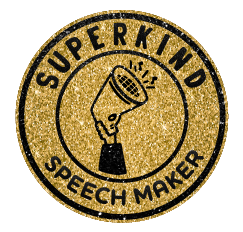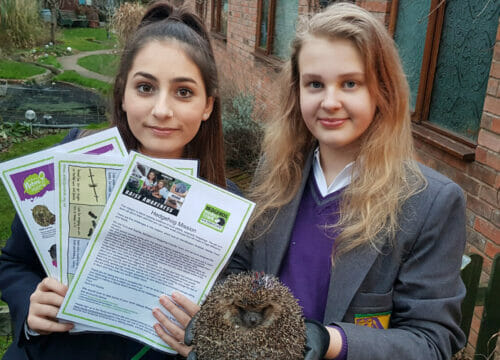Spreading the word about wildlife conservation since he was 4 years old.
Making speeches
Making speeches
Speeches are a great way to communicate messages by speaking in public to a group of people. Speeches are usually planned and a speaker will choose their words carefully to achieve a certain purpose. Often the purpose of speeches is to convince an audience to accept new opinions, take certain actions or see the world in a new way.
Tips on writing the speech

1. Think about what you want to achieve.
Sometimes it is useful to discuss your ideas with a friend or family member. Don’t be upset if they have any negative feedback – critical feedback at this point can help you organise your ideas and improve your speech to be the best possible!

2. Know your audience
Find out what their understanding and beliefs of the problem might currently be and shape your speech to suit it. For example, it is no good using very tricky words and technical descriptions if your audience is very young.

3. Know your strengths
Speeches come in all different forms and you should choose a style that suits you the best. For example, some people are very good at telling an emotional story while someone else might be great at explaining a complicated subject in an easy way to understand. Have a think about what style of speech will suit you the best.
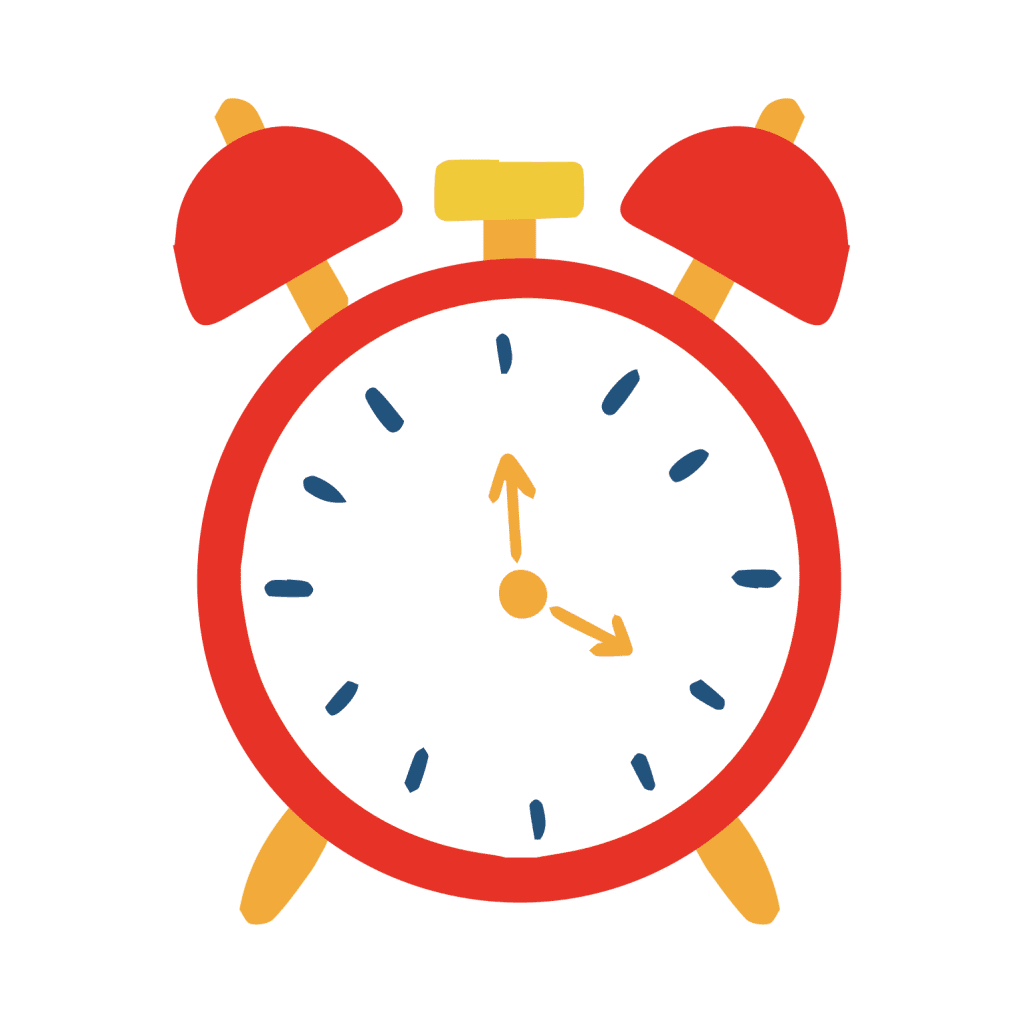
3. Know how long you have to speak
When planning your speech be clear on how long you will spend on each section. For example, your introduction and conclusion should be about 10% each. As you go through your speech, keep an eye on the clock and try to finish each section when you have reached your planned amount of time.
Tips on delivering the speech

1. Practice, practice and practice again
Practice your speech as much as you can. This could be in front of the mirror, to your family members, for your pets or to anyone else who will listen! If you can, practice in the same location where you will give your speech or picture the location in your mind as you practice. Ask your audience to whisper over your voice, stand far away and ask questions – if you can handle this, you will be ready for anything on speech day!

2. Flash cards
Some people like to memorise their whole speech. Others like to have a few notes to read, while some people want to make up their speech as they talk. If you prefer to have a few notes to jolt your memory, you can avoid reading the whole speech. Flash cards with key words can be very useful tools. Remember to number your cards in case you drop them during the speech!

3. Eye contact
People like to see the personality behind the speech, so making eye contact is important to keep your audience paying attention and avoid sounding like a robot! If you are using flash cards, you could practice the speech whilst balancing a book on your head so you don’t fall into the trap of looking down at your notes!

4. Positive body language & smile
When you speak, you don’t just speak with your words, you speak with your whole body. Keep a good posture, with your feet shoulder-width apart and make sure your chest is facing the audience. If the audience is in a circle in front of you, you can walk around as you speak to address them all.
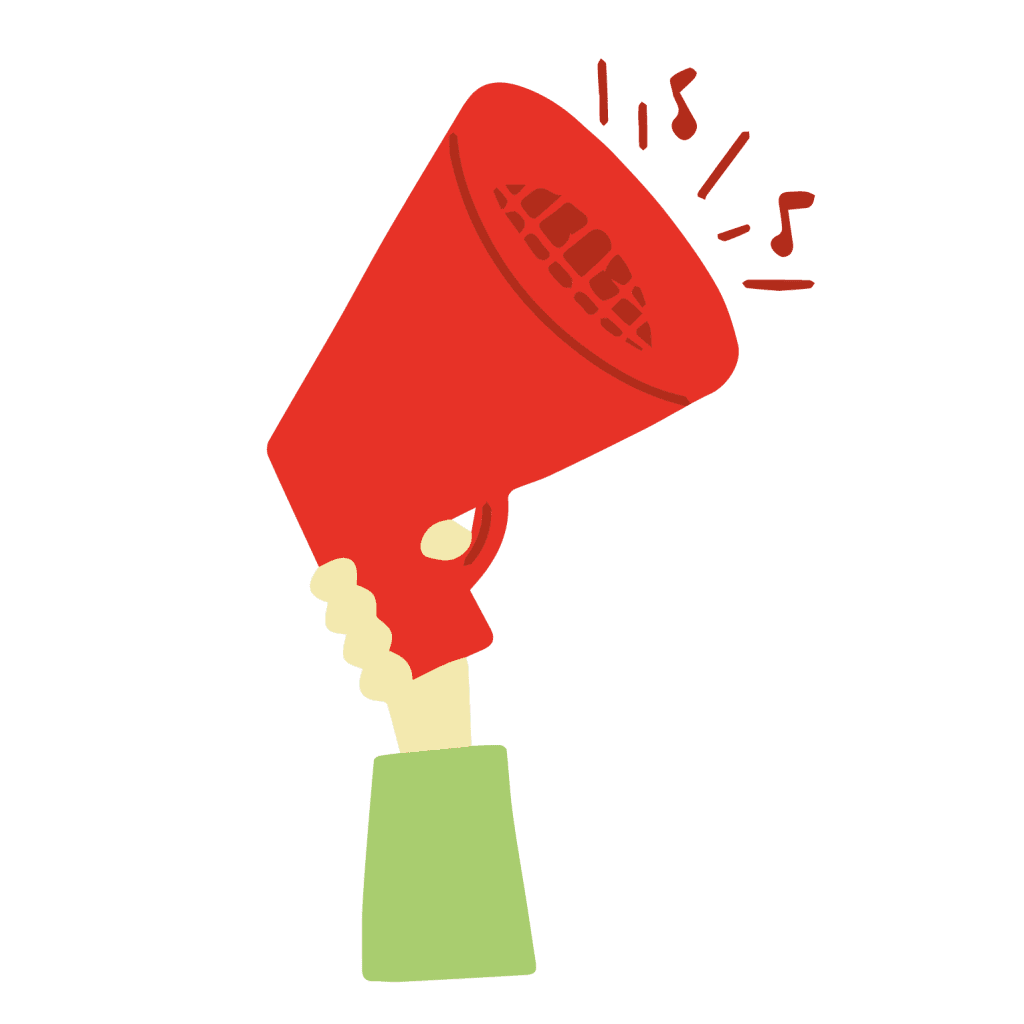
5. Speak clearly and boldly
Take your time to speak clearly and boldly. The best public speakers take a few seconds to pause every few sentences. This gives them and their audiences time to think.

6. Drink plenty of water!
No one likes a dry mouth whilst talking!

7. Be Ready for questions
Think of questions that might come up and prepare what you could answer. When you practice, ask your practice audience to come up with questions. A lot of people fear question time, but this could be a fun time to show off everything you know about the topic!
Don’t be afraid to say if you don’t know the answer to a question because nobody knows the answer to everything! It is perfectly ok to say, ‘That is such a great question, I don’t actually know the answer. My guess would be XX because of XX, but I’ll find out the answer and get back to you!’

REFLECT
Making a speech is not only a great way to make a difference but it’s also a great way to step out your comfort zone and practice your public speaking.
Don’t forget to have a think about what went well, what you might have learnt for the future, and the impact of your actions.
For example, did you feel you spoke loud and clearly enough? Did people show they had listened by asking questions and sharing their own thoughts on the topic?
Speech template
Introduction
- Introduce the topic of your speech
- Capture the audience’s attention
- Outline the main points of your speech
The introduction is the hardest part of a speech to write. Many people suggest that you write the introduction last. You could watch some other speeches online and note down what you like about their introductions. If you need help getting started, there are three speeches below that all choose a unique and good way to start.
What makes this introduction great?
- The first 30 seconds of the speech consist of surprising statistics that get the audience engaged and curious – ‘We have 1.3 Bn people, 100,000 water systems and 70% of our water pipes contain lead.’
- The speaker then introduces herself and her mission – ‘I am Gitanjali Rao and I find solutions to real world problems.’
What makes this introduction great?
- The speech starts with a personal anecdote or story that helps the listener identify with the speaker – ‘When I was three years old my favourite food was chicken nuggets.’
What makes this introduction great?
- The speech starts with a clear introduction of the aim – ‘I am here to talk about climate change. But not just anything about climate change.’
- The speaker engages the audience early on by using a question as the third sentence – ‘Raise your hand if you are a kid in the audience.’
Main Body
- Present your main points. If you have more than one point, structure this section by points so it remains clear and bold. Use evidence if you can, but say where you got it from – this can be statistics and facts or personal experience.
Conclusion
- Sum up your ideas and leave the audience with your main message or call to action. It is often helpful to memorize your conclusion so you can say your last few sentences confidently and end with a great impression!
A Speech that Changed the world
Speeches have been used throughout history to create big changes. For example, speeches could change people’s opinions on climate change or racism.
One famous speech addressing racism is Dr. Martin Luther King Jr.’s ‘I have a dream’ speech, delivered on the 28th August 1963. The speech was delivered to over 250,000 civil rights supporters. It called for equality and freedom.
Famous lines from the speech include:
‘I have a dream that my four little children will one day live in a nation where they will not be judged by the colour of their skin but by the content of their character. I have a dream today…I have a dream that one day down in Alabama with its vicious racists…little black boys and black girls will be able to join hands with little white boys and white girls as sisters and brothers. I have a dream today.’
The speech has been recognised as one of the defining moments of the civil rights movement and one of the most iconic speeches in American history. Dr. King’s leadership and hard work were huge contributors to the laws of segregation finally changing, with the world becoming a better, fairer place.
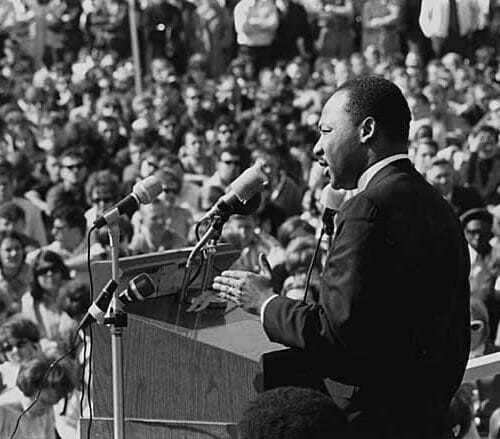
Change-Makers
Speeches can be amazingly powerful. Check out some change-makers who have used speeches to make an amazing difference to the world:
Kyra Barboutis and Sophie Smith
Saving the lives of hundreds of hedgehogs in the UK since they were 9 years old.
Melati and Isabel…
Campaigning for the banning of plastic bags in Bali since they were 10 and 12 years old.
Jakomba Jabbie
Inspiring girls to learn about and aspire to work in science and technology subjects since she was 16 years old.
Guro Heggholmen
Challenging the representation of girls and women in society since she was 11 years old.
Bana Al Abed
Raising awareness of the effects of the Syrian civil war and calling for peace since she was 6 years old.
Autumn Peltier
Campaigning for access to clean water for Canada’s indigenous communities since she was 8 years old.


